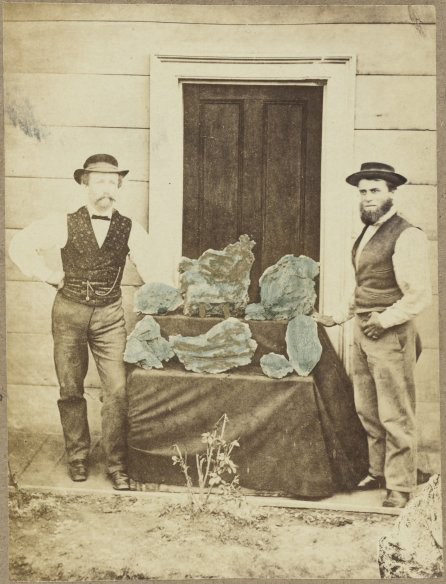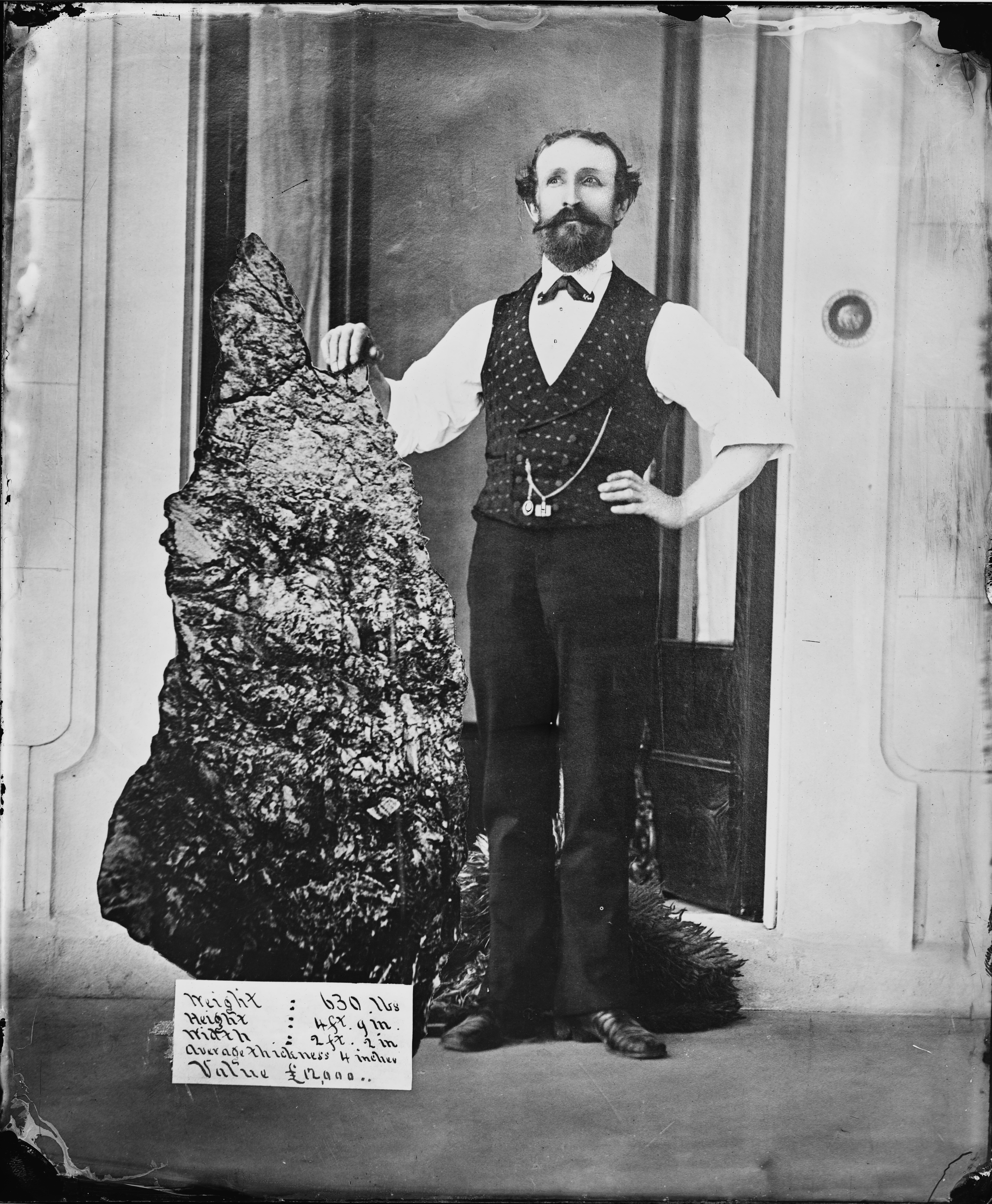Holtermann, Bernard Otto (1838-1885), was a German-born Australian gold miner, merchant, and politician. His first name is also spelled Bernhardt, the German version of Bernard. Holtermann was a partner in the mine where the largest single mass of gold-bearing rock in the world was found. He is also remembered for his large collection of photographs that document life during Australia’s gold rush. 
Holtermann was born in Hamburg, Germany, on April 28, 1838. He left Germany to avoid military service and arrived in Australia in 1858. He began prospecting for gold in 1861. Holtermann and his friend Louis Beyers established a mine called Star of Hope at Hill End, in the colony of New South Wales. At first, they had little success. However, in 1872, workers at the mine struck gold. They uncovered the largest single mass of gold-bearing rock ever found. They brought the mass to the surface almost in one piece. It became known as the Beyers and Holtermann Nugget or the Holtermann Nugget. It is thought to have weighed about 630 pounds (285 kilograms). 
To attract miners to Australia’s gold fields, Holtermann commissioned the English-born photographers Henry Beaufroy Merlin and Charles Bayliss to photograph settled parts of Victoria and New South Wales. His glass-plate negative collection has provided an important record of life in Australia’s gold fields.
In 1882, Holtermann was elected to the parliament of New South Wales. He was an aggressive spokesman for the working class. Holtermann died suddenly on April 28, 1885, his 47th birthday.
